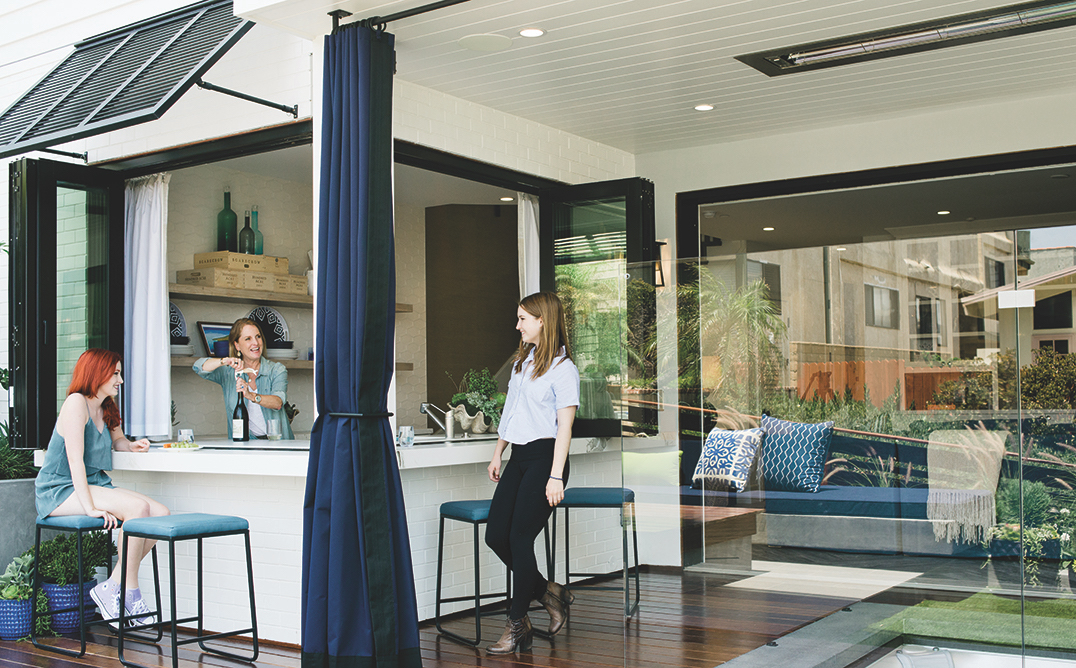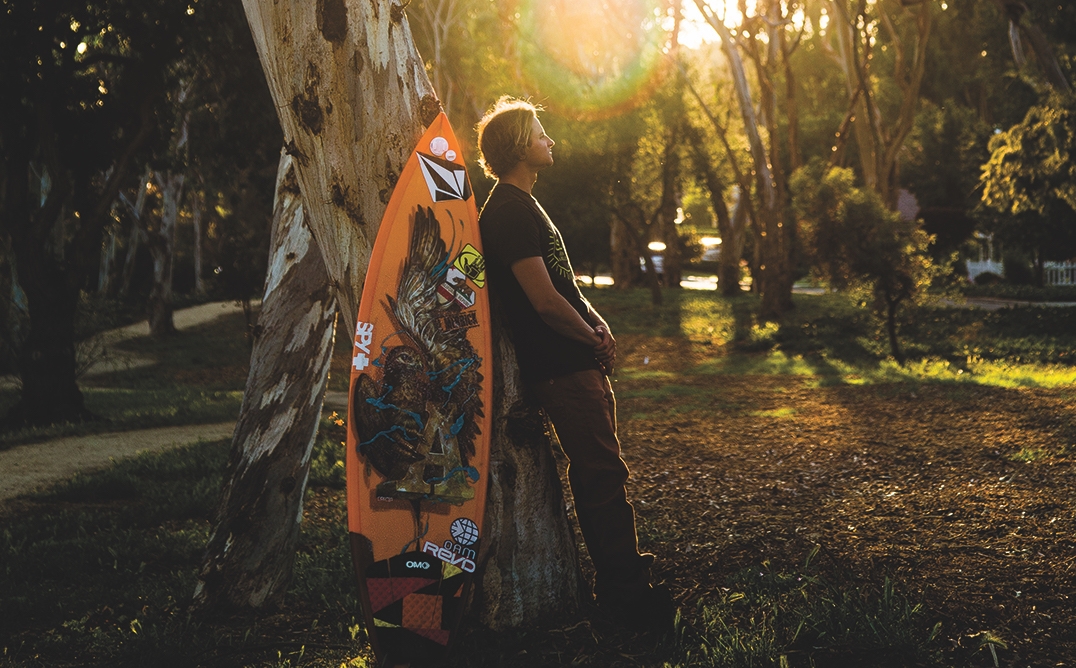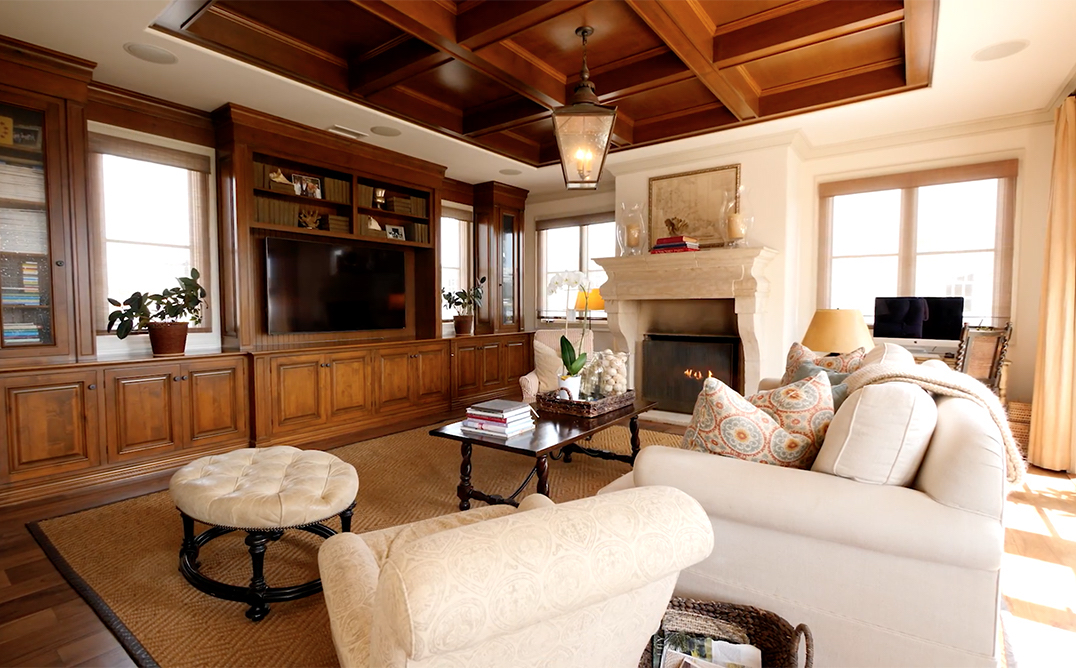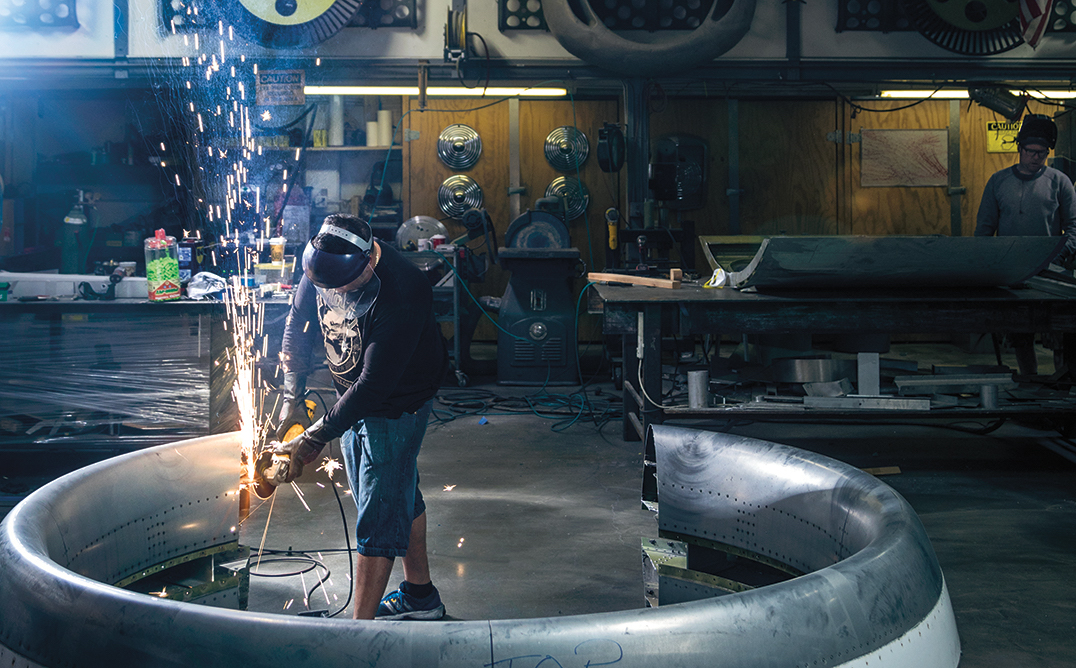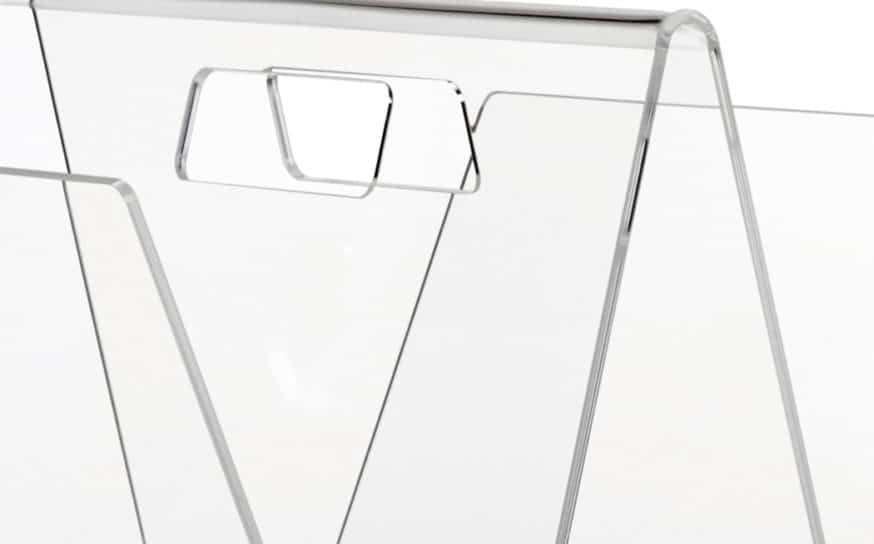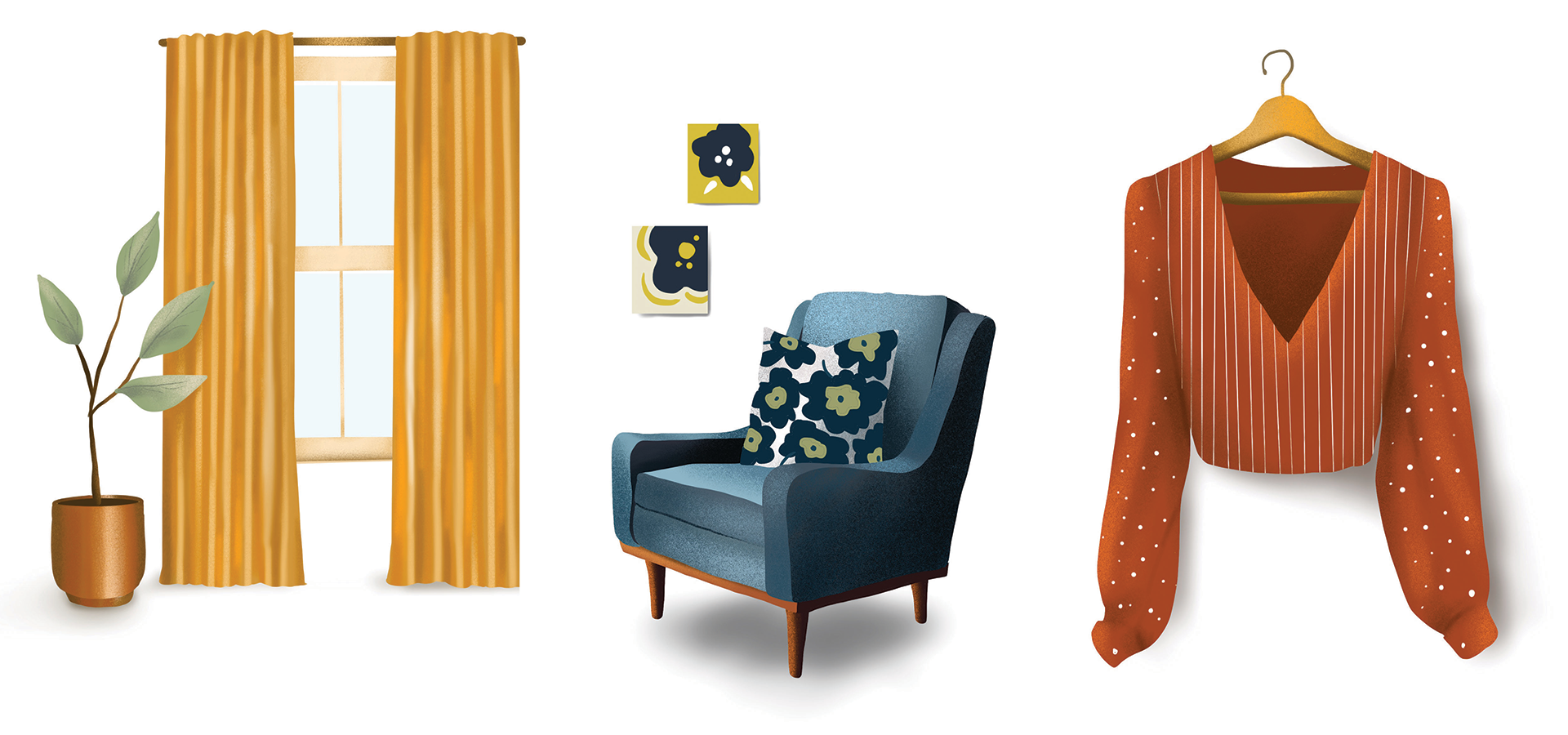
Sajid Veera of Door to Door Valet Cleaners in the South Bay Offers Sage Tips for a Thorough Fall Cleaning
Keep it clean.
- CategoryHomes
Window Treatments
Window treatments, from blinds to curtains and ornate draperies, rarely get the routine care they need. Often, when Sajid Veera and his team at Door to Door Valet Cleaners are called in to clean window treatments, it’s because the windows are being replaced or the room is being painted. The cleaners arrive to find window treatments that have been neglected, possibly for years.
“If a person lives on the coast, they may have windows open all the time, so the curtains need to be cleaned and properly maintained,” Sajid says. “If curtains are drawn and the air conditioning is on, the air is being pulled in and the curtains act like a giant air filter. So they need to be cleaned correctly because they gather a lot of dust. Routine vacuuming on these types of items as preventive maintenance is something that’s often overlooked. Basic maintenance steps will improve your quality of life in the home—especially for those of us who suffer from allergies—and extend the life of the asset.”
Sajid recommends vacuuming both the window-facing side and the room-facing side of drapes, and he emphasizes that it’s important to use a HEPA vacuum. Without a HEPA filter, dirt, pollen, dander and spores will just go right back into the air of the home. While working on the curtains, remember to clean the window screens as well.
Upholstery
For upholstery, put your vacuum’s hose attachments to work. They make it easy to get into nooks and crannies where dirt and dust accumulate, according to Sajid. “It’s amazing what can be done with a vacuum,” he says.
And while cleaning couches, remember to rotate the cushions for even wear. If someone has a favorite spot on the couch, it can show in the cushions. Changing the arrangement of the cushions regularly will extend the life of the whole couch.
As an additional preventive measure, always have new furnishings coated with a nanotechnology-based coating. This type of treatment forms an invisible barrier that doesn’t allow beverage and food spills to penetrate the fibers of the upholstery. Whenever you do have a mishap, always blot and gently wipe. Never rub the area. Rubbing causes abrasion of the fibers and is oftentimes irreversible.
Wardrobes
When it comes to the wardrobe, Sajid has a rule: Never put away clothes dirty. Even clothes that look clean when they are put away may not look clean when they come out of the closet at the end of the season. “You’re doing yourself a disservice to the investment you make in your wardrobe if you don’t put them away clean,” he advises.
The biggest reason? Moths. They love soft textiles (i.e., fine cashmere and silk), and they go after soiled areas first. And stains that are not visible initially can change color and cause further damage if left unattended.
“Certain sugary-type stains—white wine, Champagne, even ginger ale—will caramelize over a period of time,” he notes. If the soiled clothes sit in the closet all season, the stains will oxidize and turn brown. Oil stains become more visible as they oxidize and can leave little marks following the pattern of the clothing’s fibers. Moisturizers and the natural oils on the skin come in contact with collars and cuffs of outer jackets, and those areas should be addressed before putting the coat away.
Many articles of clothing that are typically brought to be dry-cleaned don’t have to be professionally laundered. Sajid says home washing machines can often achieve good results. What it comes down to, when choosing between a professional service or at-home cleaning, is how much time someone has to spare. “In my opinion, my time is my greatest asset,” he says.
And never store clothes in a basement or attic. “Store clothes where they’re not exposed to extreme changes in temperature and humidity,” Sajid says. “If you wouldn’t want to live there, don’t keep your clothes there.” Avoid storing clothes in closets that share walls with a shower, as these spaces tend to have a higher ambient moisture content that ultimately leads to mold and mildew forming—especially on leathers and suedes. ′
Southbay ‘s Annual Spring Style Guide Has the Latest Fashion Trends, Jewelry, Home Goods and Gifts!
Shop local and support our amazing businesses.













